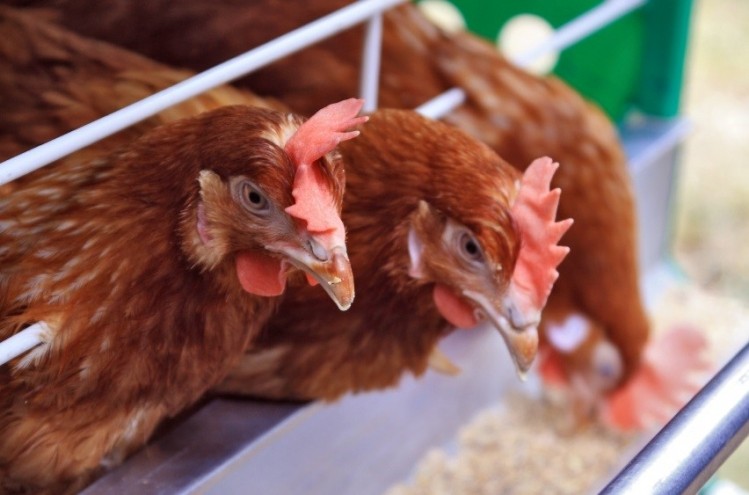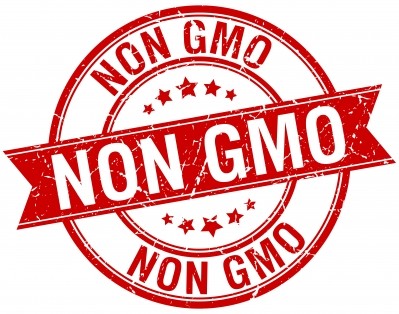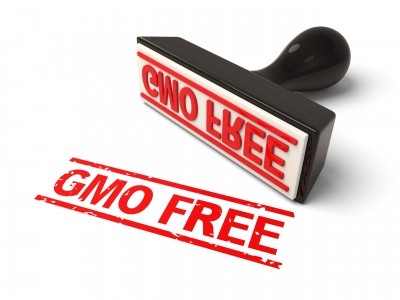Sourcing GM-free soya protein a struggle for New Zealand’s poultry feed industry

The bulk of feed produced in New Zealand is milled domestically, with wheat, soya and sorghum the main imported ingredients. About 65% of wheat used is imported, mainly from Australia, and 55% of all ingredients are produced in New Zealand.
John Corbett, the association’s internal communications manager, told FeedNavigator: “The main issue in sourcing GM-free feed for New Zealand poultry farmers is one that is part of a worldwide trend – reliable access to GM-free soya protein. As more farmers worldwide switch to new seed stocks, reliable access to GM-free soya is coming under pressure.”
North-South Island divide
This situation has led to a North-South Island divide, with feed produced on the South Island more likely to be GM-free, for reasons explained by Corbett.
“There is a skew in New Zealand with feed produced in the South Island more likely to be produced using mainly locally grown ingredients while more imported ingredients are used in the North Island. This is a reflection of the main grain producing areas, particularly wheat, being based in the South Island.”
He said ingredients sourced locally were GM-free as there are currently no GM crops approved for growing in New Zealand, a situation that seems unlikely to change in the near future.
As Corbett points out, the issue of sourcing non-GM soy is not exclusive to New Zealand. In March this publication reported on the decision by the German poultry farmers association (ZDG) to withdraw its long-held pledge to only use non-GM soybeans in poultry feed on the basis that supplies to Europe of non-GM were shrinking and not available in the required volumes.
Compromised integrity
One of the problems is that in countries where both GM and non-GM crops are cultivated, cross-contamination occurs.
Scientific expert Jack Heinemann, from the School of Biological Science at the University of Canterbury, in New Zealand, explained: “It can be difficult to guarantee the non-GM status of feed if the components come from countries that have adopted cultivation of GM versions of the common input crops such as soy, maize and canola. Even when such versions are in the minority, they can easily mix in the post-harvest production chain.”
He said that in his experience of monitoring GM products, even a very low production of a particular GM variety leads to near worldwide distribution of it, albeit at low levels.
Nevertheless, he said these levels were high enough to detect, meaning that feed makers may have difficulty routinely guaranteeing that no inputs were GM.
“Unless such manufacturers use dedicated supply lines from non-GM growing countries they will have to put in place their own product segregation procedures.”
Proud to be GE-free?
From a legal perspective, the use of GM-soy in feed formulations isn’t contravening any regulations.
“Our regulatory framework allows the use of GM poultry feed even though no GM crops are legally commercially cultivated in New Zealand. This is because, under the Australia New Zealand joint legislation, animals fed GM plants are not considered to be GM animals,” explained Heinemann.
However, the inclusion of GM soy in their birds’ diets prevents poultry producers from labelling their products as GM-free, a claim that is valued highly in a country where strong anti-GM sentiment prevails.
“The Commerce Commission has determined that it is a potential violation of the Fair Trading Act to advertise a chicken as GM free when it has knowingly been exposed to feed that may or may likely contain GM ingredients,” said Heinemann.













